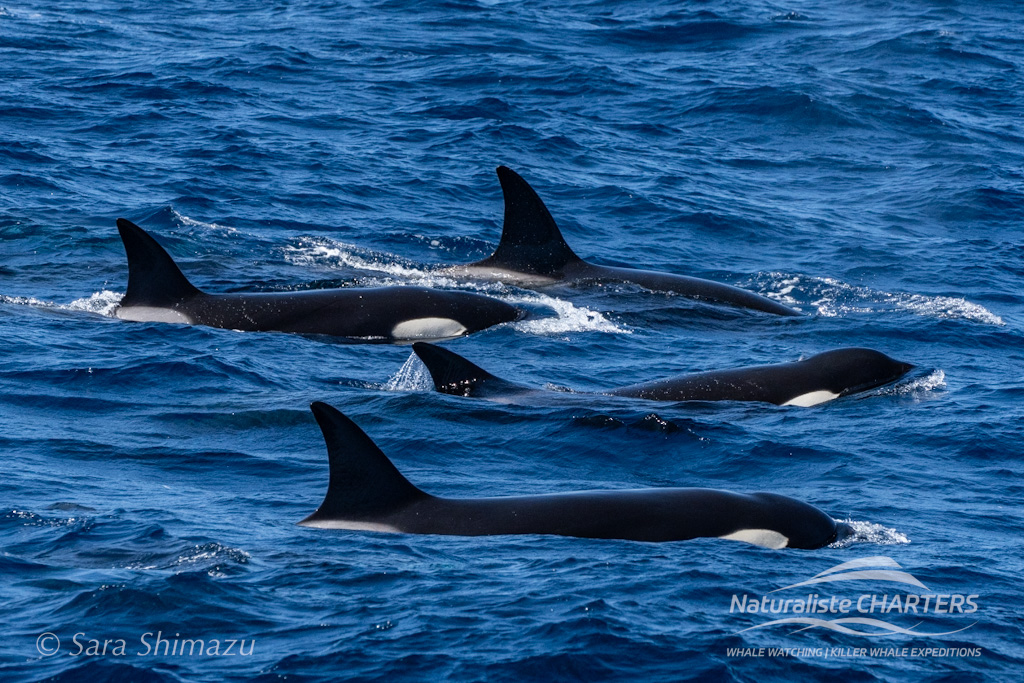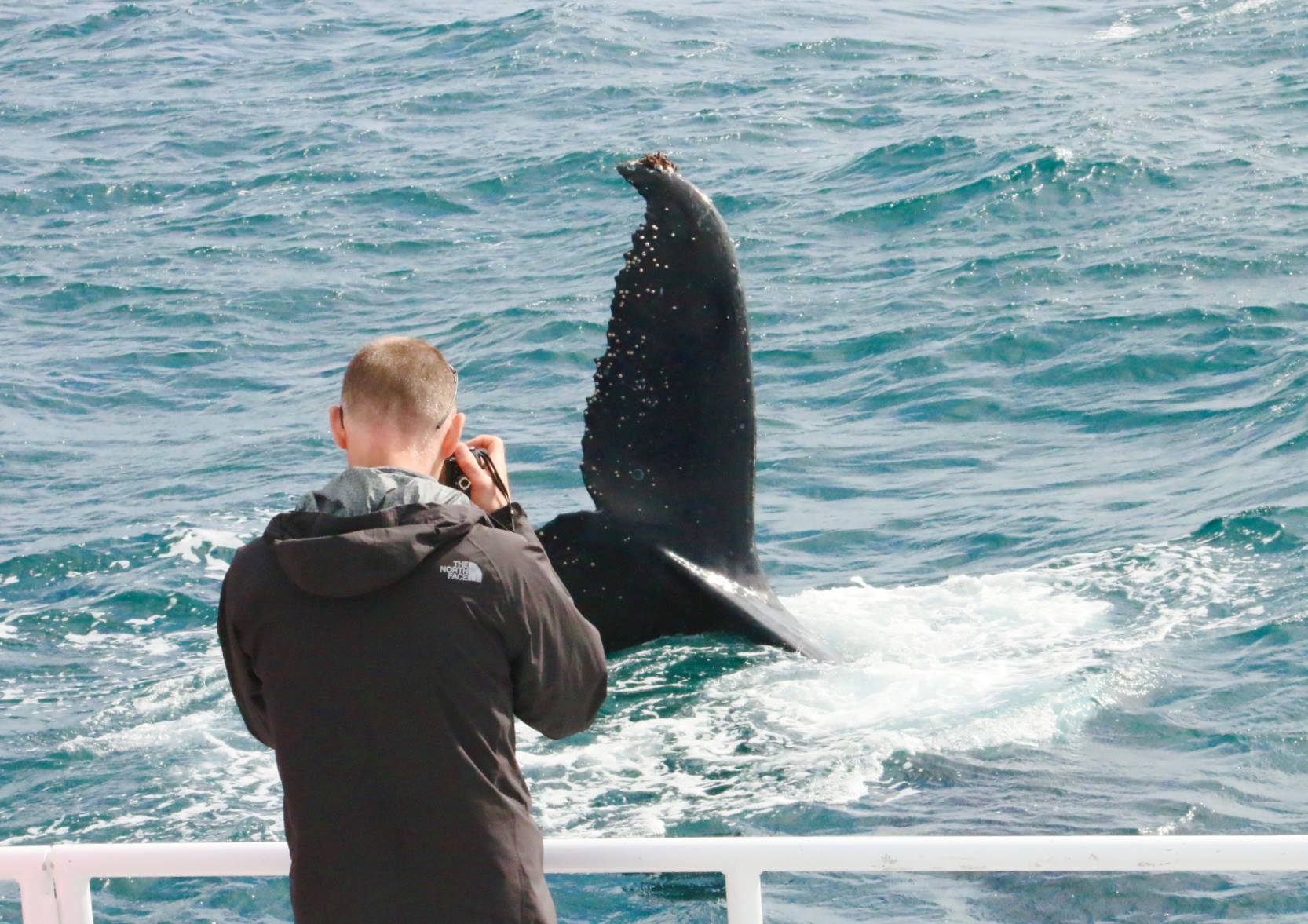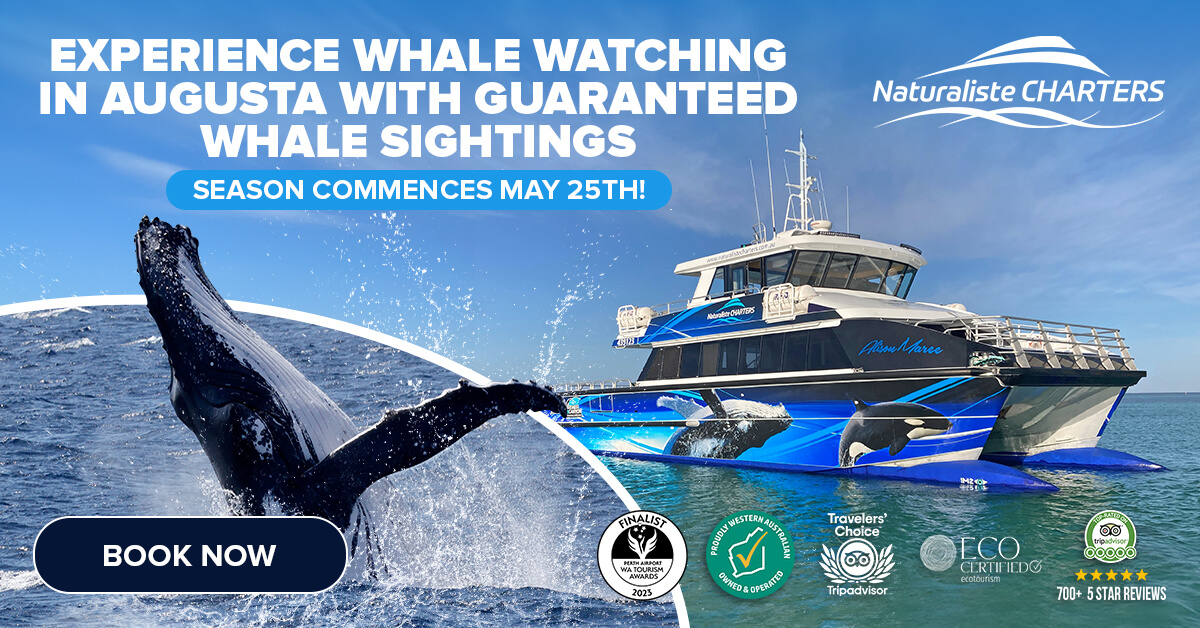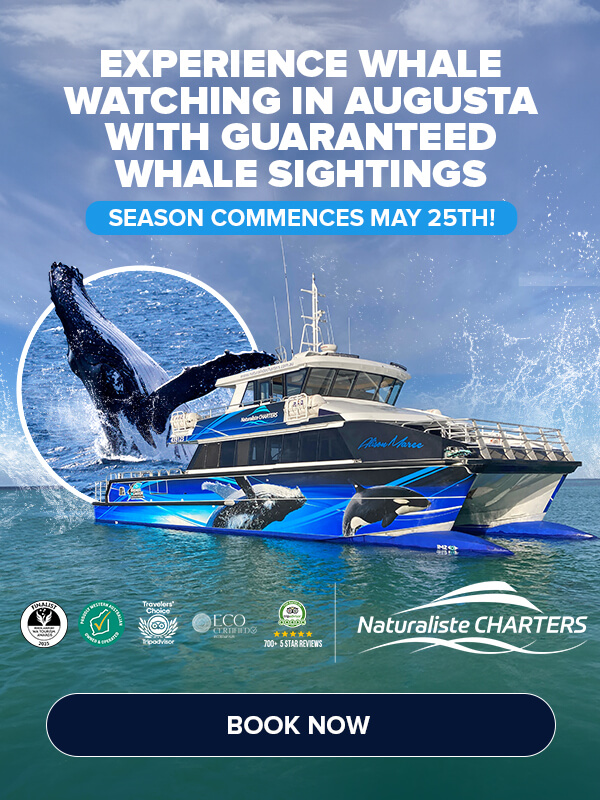Cetaceans at Sea
Today at the canyon we learn about cetacean poop!
Bremer Bay put on a gorgeous day, the sun shining down and a warm 27 degree celcius day.
The Alison-Maree cruised through the swell out to the Bremer hotspot where we met two orca pods known as Digby and Nibbles.
Digby and Nibbles pods have been known to swim together, with a combined 11-12 individuals from both families swimming in the ocean.
Todays expedition was to visit with these two pods.
Micro-nutrients for the Ocean
Nibbles defecating as he passed the boat bow today.
This brown plume created by cetaceans is usually rich in iron and an important micronutrient for ocean creatures.
The cycle of iron starts from phytoplanktonic organisms using it to photosynthesise on the surface.
It then passes up the food chain until being defecated by apex predators such as orca and released back into the environment.
As a result the iron becomes a part of carbon sequestering.
Photosynthesis by phytoplankton and plants for example, taking in carbon dioxide from the atmosphere requires iron in the environment.
Cetacean poop essentially maintains the health of the oceans.
Playful Behaviours
Killer whales display playful behaviours, for example spyhops, this means they stay upright in the water to look around.
Rolling under the boat, small surges and surfs through the swell and water spurting from a juveniles’ mouth!
Dundette, a young juvenile was seen spitting water as she launched out of the water. Not unlike a child playing in a pool.
More Cetacean Ocean Encounters
Flying Fish was another species encountered. This aquatic fish was trying to avoid orca Fanscar from catching it.
Flying fish use a defense mechanism by leaping out of the water and gliding.
This pelagic species can reach speeds of up to 70 kilometres an hour, with distances of up to 200 metres.
Fanscar, was the reason to practice the perfect technique to escape danger.
Due to refraction at the waters surface a pursuing predator will not see the flying fish in the air.
Saying Goodbye to the Cetaceans
As our tour concluded, a pod of Common Dolphins leaped by as we checked on the Australasian Sea Lions at Glasse Island.
The end to a terrific day at Bremer Bay Canyon – see more photos on our Facebook.
To visit Bremer Canyon and see Killer Whales for yourself visit us.





